Did you know that the price of lava rocks can vary significantly, with some fetching as much as $300? For jewelry enthusiasts like you looking for lava stone bracelets, understanding the worth of these volcanic stones is crucial.
From their historical significance to their diverse applications in landscaping and spiritual practices, lava rocks offer numerous advantages. In this post, we'll delve into the composition, properties, and sourcing of lava rocks. We'll also explore their benefits for projects ranging from jewelry making to body maintenance.
Whether you're looking to incorporate them into your next DIY project or simply want to understand their value, uncovering the pricing and different applications of lava rocks will empower your choices.
In this article
How Much is Lava Rock Worth?
On average, lava stone jewelry present is generally budget-friendly. This includes bracelets and beads made from lava rock, which are relatively inexpensive. For instance, a simple bracelet made from beaded lava stones could cost around $2, making it an economical choice for those seeking gemstone jewelry.
In terms of home design, the price of basalt countertops is quite high, averaging about $300 for each square foot, which is more expensive than marble countertops. However, other decorative items made from these volcanic stones are more affordable. For example, smaller decorative pieces made from raw lava stones can be purchased for approximately $5 to $10. The cost does go up for larger pieces of these stones.
Lava rocks with unique colors or patterns may fetch higher prices due to their aesthetic appeal and rarity. Keep in mind that certain types of volcanic stones have healing properties and are considered gems, which can significantly impact their value.
Factors Affecting the Value of Lava Stone

The pricing of lava rocks is influenced by various factors such as their chemical composition, colors, and size.
Chemical Composition
The chemical composition of lava rock plays a significant role in determining its value. Different minerals and elements present in the rock can affect its color, durability, and overall aesthetic appeal.
For example, high concentrations of iron oxide can give the lava stone a deep red or brown hue, making it more desirable for certain decorative applications. This variation in chemical composition directly influences the pricing of lava rock based on its unique qualities.
Lava rocks with distinctive compositions may also possess specific properties that make them more sought after for their healing benefits. The presence of certain minerals could enhance their ability to retain heat or withstand exposure to UV light, further adding to their worth as therapeutic tools or landscaping materials.
Colors and Aesthetic Appeal
The diverse range of colors exhibited by volcanic stones contributes significantly to their value. Vibrant hues such as black, grey, red, and even green are commonly found in different types of lava rocks. These colors not only make them visually appealing but also expand their potential uses in landscaping and decorative pieces.
The aesthetic appeal is another crucial factor influencing the value of lava stone. Unique textures formed during volcanic activity create captivating patterns within the rock's surface, making each piece distinct from others available on the market. These visual characteristics elevate the desirability and price point of lava rocks used for ornamental purposes or crafted into exquisite gems.
Size and Quality affects Lava Stone Price
The size of the lava stone plays a significant role in determining its price. Generally, larger lava stones are more expensive than smaller ones. This is because larger stones require more raw material and take longer to shape and polish, resulting in higher production costs. Additionally, larger stones tend to be more visually impactful, making them more desirable to buyers and thus commanding a higher price in the market.
On the other hand, the quality of the lava stone also affects its price. Lava stones come in a range of qualities, depending on factors such as color, texture, and overall appearance. Higher-quality lava stones typically have a more uniform color and texture, with fewer imperfections or inclusions. These stones are generally considered more aesthetically pleasing and are therefore priced higher than lower-quality stones.
It's important to note that the quality of the lava stone can also be influenced by factors such as the source of the lava and the way it was processed. Lava stones sourced from certain regions known for their high-quality volcanic activity may command a premium price due to their rarity and unique characteristics.
Healing Properties
Lava stones are not only popular for their unique appearance but also for their healing benefits, which can significantly affect their price. These stones are believed to have various healing properties that can promote physical, emotional, and spiritual well-being.
One of the main healing benefits of lava stones is their ability to provide grounding and stability. They are known to have a calming effect on the mind and body, helping to reduce stress and anxiety. This makes them highly sought after by individuals looking for natural remedies to support their mental health.
Additionally, lava stones are believed to have a strong connection to the Earth's energy. They are said to absorb negative energy and release positive energy, making them ideal for energy healing practices such as Reiki and crystal healing. This ability to cleanse and purify energy can contribute to a sense of balance and harmony in one's life.
Furthermore, lava stones are often used in aromatherapy due to their porous nature. These stones can absorb essential oils, allowing the wearer to benefit from the therapeutic properties of the oils throughout the day. This combination of aromatherapy and crystal healing makes lava stone jewelry a popular choice for those seeking holistic healing solutions.
Types of Lava Rocks and Their Prices

Each type of lava stone offers unique characteristics and aesthetics, making them suitable for different applications, from construction and landscaping to decorative and artistic uses. Whether you are drawn to the subdued elegance of basalt or the striking allure of obsidian, there is a lava stone to meet your needs and preferences.
Basalt
Basalt is a common volcanic rock formed from the rapid cooling of basaltic lava. Its texture is typically fine-grained, and it is predominantly composed of plagioclase and pyroxene minerals. Basalt is usually dark gray to black in color and is known for its hardness and durability, making it suitable for a variety of construction and decorative purposes.
Price: Basalt is generally affordable due to its abundance. Prices may vary depending on the size and finish of the basalt products (e.g., tiles, slabs, or decorative pieces). Its widespread availability and functional qualities make it a cost-effective choice for many applications.
Andesite
Andesite is a volcanic rock similar to basalt but typically lighter in color, ranging from gray to light green. It's formed from the lava of volcanic eruptions and is characterized by a fine-grained texture. Andesite may contain small visible crystals of minerals such as hornblende or biotite. It is valued for its aesthetic appeal and strength, making it a popular choice in construction and landscaping.
Price: The price of andesite can be moderate, slightly higher than basalt, owing to its distinctive appearance and lesser abundance. The cost can vary based on quality, size, and the specific application it is being used for.
Rhyolite
Rhyolite is an extrusive volcanic rock with a composition similar to granite but with a finer texture. It often displays a variety of colors, including pink, gray, and light green, and can contain visible crystals and glassy fragments. Rhyolite's appearance can be quite striking, with patterns and bands of different colors, making it popular for decorative uses.
Price: Rhyolite is generally more expensive than basalt and andesite due to its unique aesthetic qualities and less common occurrence. The price can vary greatly depending on the color, pattern, and size of the stone.
Obsidian
Obsidian is a naturally occurring volcanic glass formed from rapidly cooling lava. It is typically black but can also be found in other colors like brown or green, depending on its impurities. Obsidian is known for its sharp edges and smooth, glassy texture, and it has been historically used to make cutting tools and weapons. Today, it's appreciated for its profound obsidian meaning, decorative appeal, and artistic value.
Price: The price of obsidian can range from moderate to high, depending on its quality and the presence of unique visual features, such as color variations or inclusions. Rare varieties of obsidian, such as rainbow or snowflake obsidian, can be especially valuable.
The Worth of Lava Stone Beyond Its Price
A lava stone’s worth goes beyond just the price tag. These volcanic stones have unique properties that make them highly sought after for various purposes.
For instance, their porous nature makes them excellent for retaining moisture in soil, making them ideal for landscaping projects. This means that not only do they add visual appeal to your garden, but they also offer practical benefits by helping your plants thrive.
Lava rock's healing properties and raw energy also contribute to its value. Many people believe in the metaphysical properties of lava rock, attributing it with grounding and calming qualities. As a result, these stones are often used as decorative pieces at home to create a serene and harmonious space. Many also believe in the lava stone bracelet benefits of grounding, healing, and protection.
In addition to their physical attributes, lava rocks hold historical significance due to their connection with volcanic activity and the Earth's natural processes. They symbolize the power of Mother Earth and her ability to create something beautiful out of chaos and destruction. By incorporating lava rocks into your landscaping or decorative projects, you're not just adding an aesthetically pleasing element; you're also linking your space with the rich history of our planet.
Tips for Buying Lava Stone
Consider the Unique Properties and Benefits
When purchasing lava rock, it's essential to consider its unique properties and benefits. Lava stones are formed through intense volcanic activity, giving them remarkable characteristics. These stones are porous, making them ideal for retaining moisture in landscaping applications. They can provide natural insulation and are often used in jewelry due to their intriguing textures.
You should also take into account the healing properties associated with lava rocks. Many believe that these stones possess raw energy from the Earth and can help balance emotions while providing a sense of calmness when worn as accessories or placed within living spaces.
Sourcing Volcanic Stones
Finding reputable suppliers is crucial when sourcing volcanic stones like lava rock. Look for sellers who offer high-quality products sourced from trusted locations known for their volcanic activity.
Look for reviews before making your purchase. A reputable seller educating their buyers through blogs is also a good sign that you’re buying the right piece of jewelry.
Pricing and Advantages
Understanding pricing factors is key when considering using lava rock in landscaping or as decorative pieces. The cost of lava rock may vary based on factors such as size, color variations resulting from mineral content, UV light exposure endurance, and overall quality.
Despite price fluctuations, utilizing lava rock offers numerous advantages such as durability, low maintenance requirements, resistance to fading under UV light exposure, and an array of natural colors perfect for enhancing outdoor aesthetics without losing vibrancy over time.
By following these tips when buying lava stone, you can make informed decisions based on its unique properties, sourcing methods, and pricing considerations.
Wrapping Up
So, there you have it — the lowdown on the worth of lava stone. Remember, the value of lava rock isn't just about the price tag. It's about its unique properties, versatility, and the way it can elevate your space. Whether you're considering it for its aesthetic appeal or its metaphysical qualities, understanding the factors that influence its value empowers you to make an informed decision when buying lava stone.
Now that you're in the know, go ahead and explore the world of lava rock with confidence. Whether you're sprucing up your garden or adding a touch of earthy elegance to your home decor, let your newfound knowledge guide you towards making the best choice for your needs. Happy lava rock hunting!
Frequently Asked Questions
How is the value of lava rock determined?
The value of lava rock is influenced by factors such as size, color, origin, and overall quality. Larger, rarer pieces with unique colors are generally more valuable.
Where can I find lava rocks for sale?
You can find lava rocks for sale at online marketplaces like Buddha & Karma.
Are all types of lava stone equally valuable?
No, not all types of lava stone are equally valuable. Factors such as rarity, color intensity, and any unique features contribute to variations in their value.
What should I consider when buying lava stones?
Consider the size, color variation, texture consistency, and any unique formations when purchasing lava stones to ensure you get the best value for your money.
Can I use volcanic rocks other than for decoration?
Yes! Lava rocks have various uses beyond decoration including horticulture (as a soil amendment), in gas grills (as a heat diffuser), and even in aquariums as a substrate.

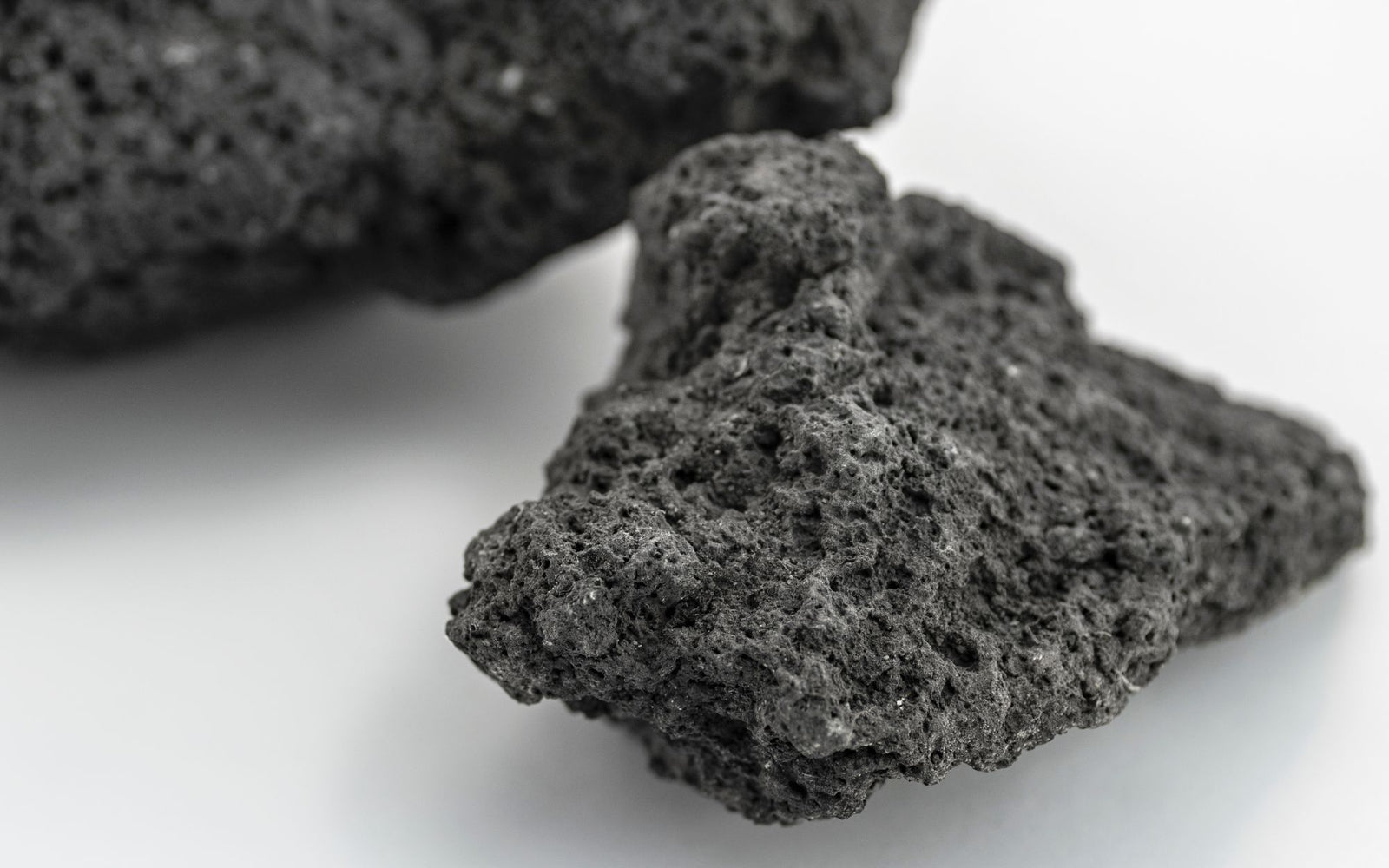





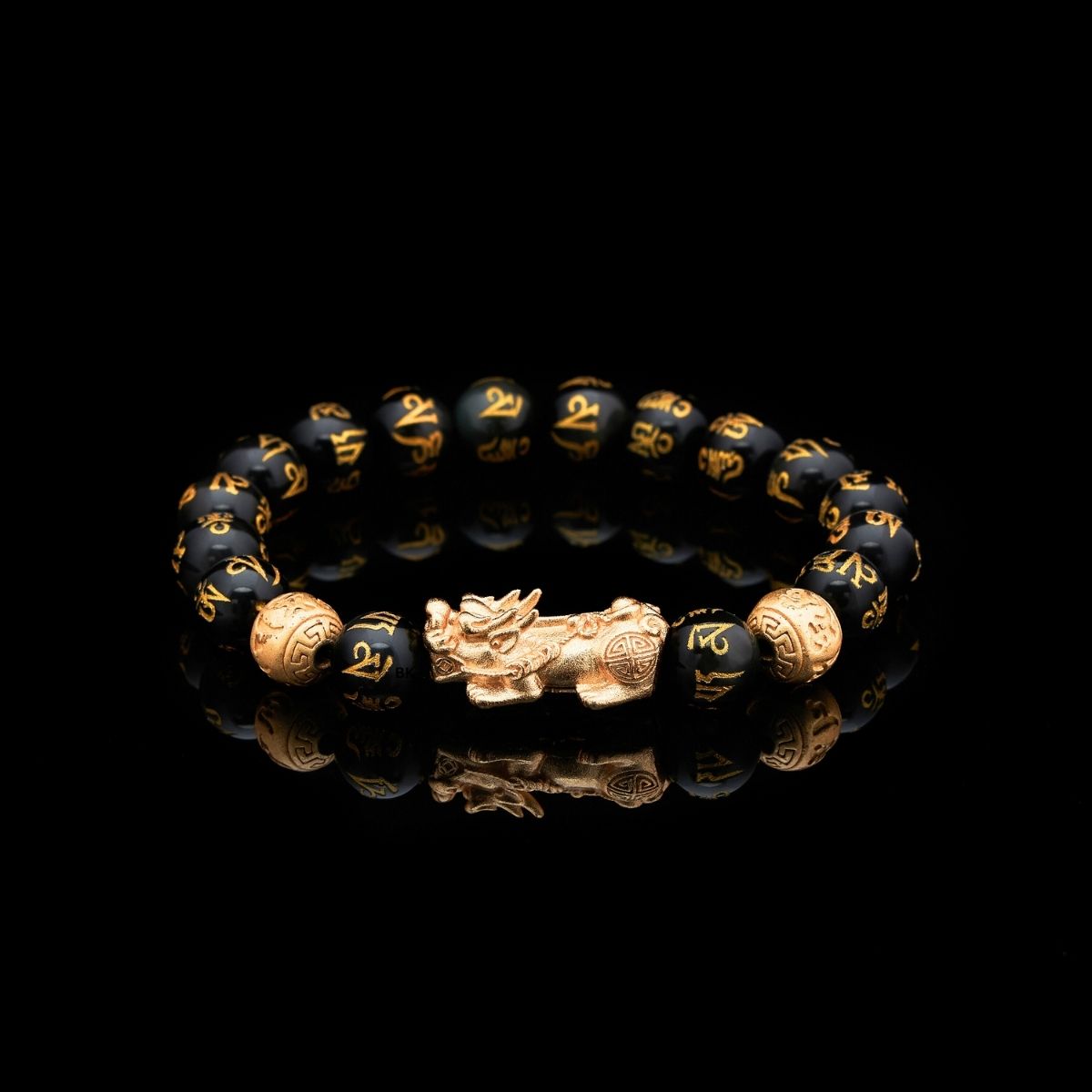

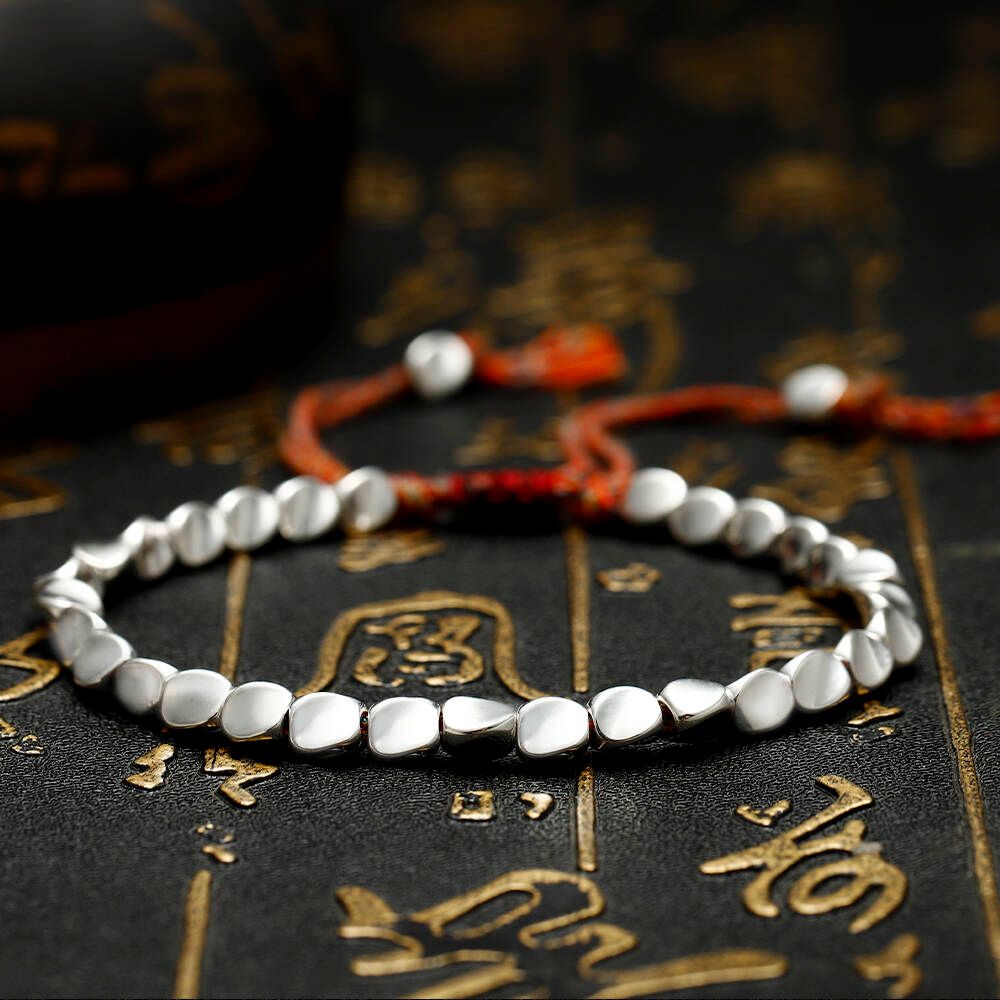

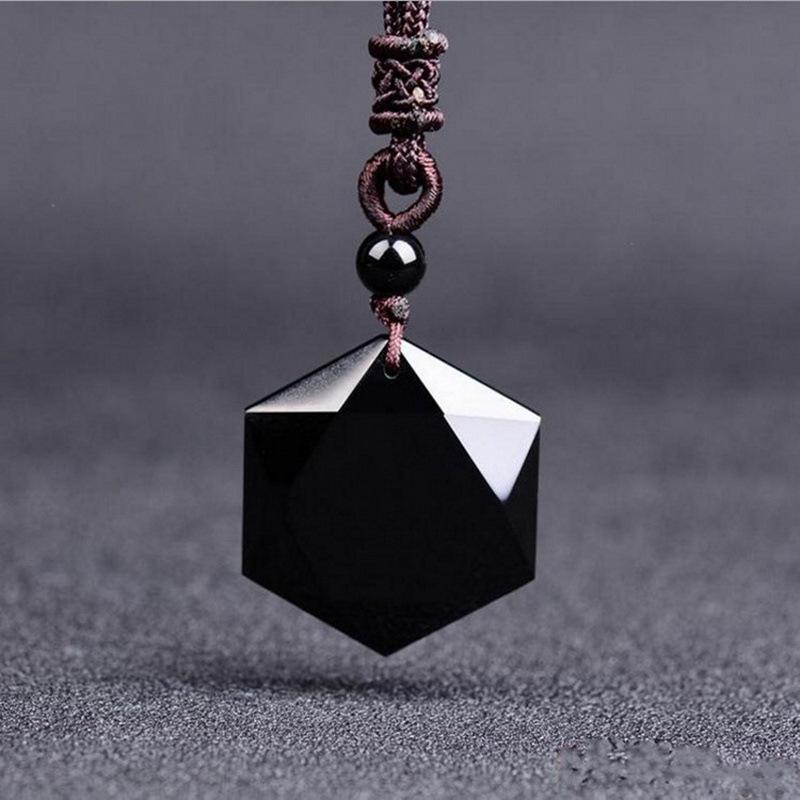

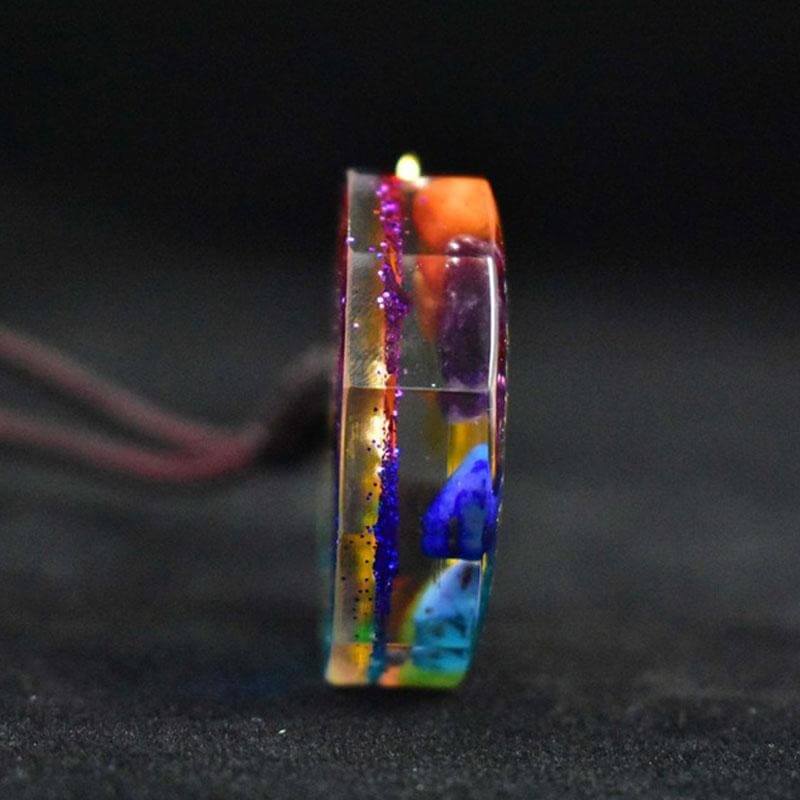
Leave a comment